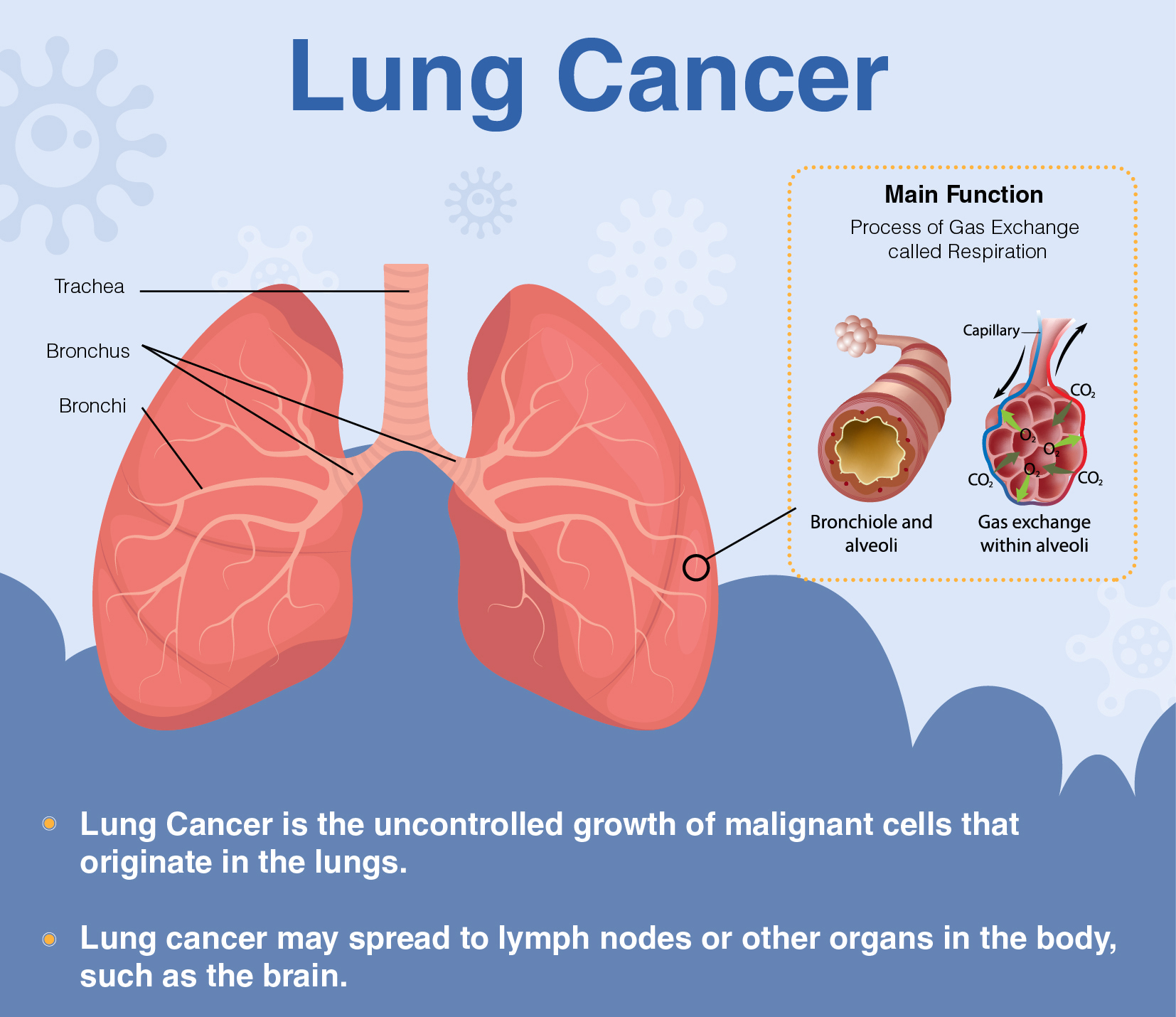

The bigger the nodule, and the more irregular the shape, the greater the risk of it being cancerous.Ī CT scan can provide a clear image of the nodule and give more information about the shape, size, and location. The first step of the process is examining the size and shape of the nodule. Additionally, your doctor needs to know if you’ve been exposed to secondhand smoke or environmental chemicals. Your doctor may request your medical history and your history of smoking. After that, you may need further testing to better characterize the nodule to help determine if it’s benign or cancerous. Next steps after finding a spot on the lungsĪ pulmonary nodule may be first detected on a chest X-ray. you have a history of chronic obstructive pulmonary disease (COPD).

you have a family history of lung cancer.the nodule appears to have lobes or a pointed surface.metastatic tumors that spread from other parts of the body.cancerous tumors, such as lung cancer, lymphoma, or sarcoma.neoplasms, which are abnormal growths that can be benign or cancerous.fungal infections, such as valley fever or histoplasmosis, from inhalation of spores.noninfectious diseases that cause noncancerous nodules, such as sarcoidosis and rheumatoid arthritis.granulomas, which are small clumps of cells that grow because of inflammation.lung infections, such as pulmonary tuberculosis, which is caused by Mycobacterium tuberculosis.Noncancerous pulmonary nodules can develop from conditions that cause inflammation or scar tissue on the lungs.


 0 kommentar(er)
0 kommentar(er)
